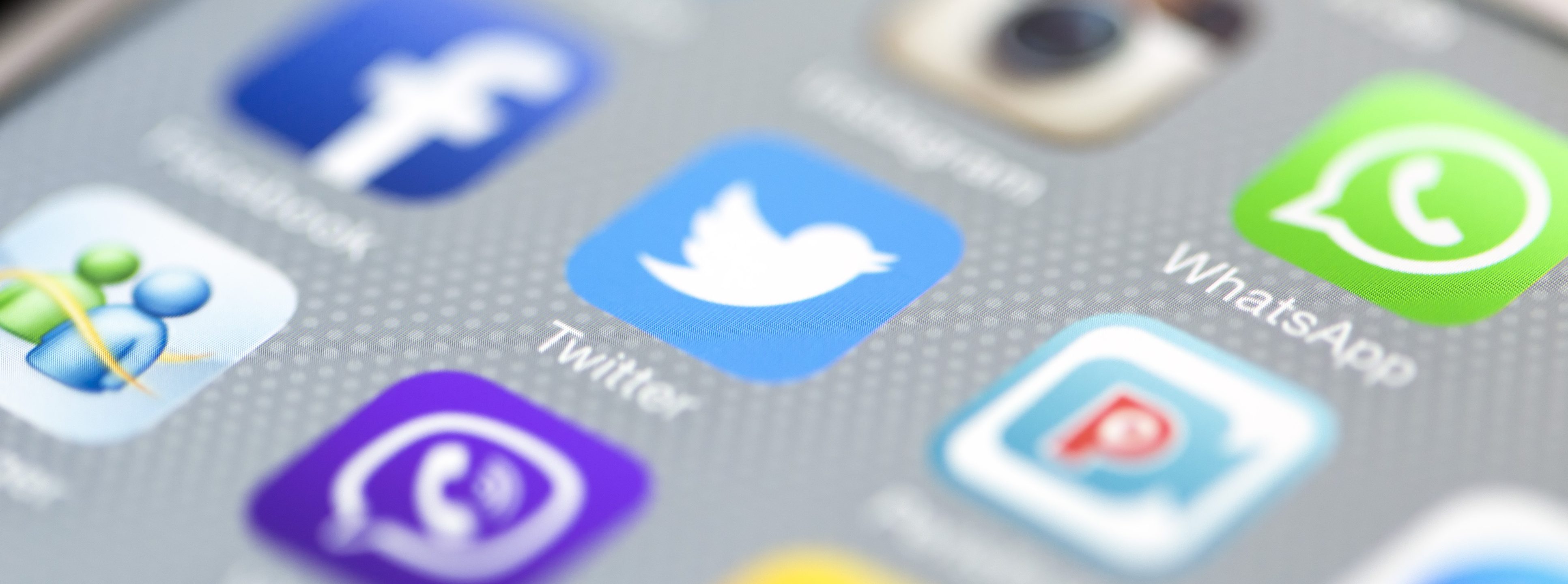The following post is an excerpt from GovLoop’s recent guide, Defining Your Role in Government Customer Service.
Interview with Jaime Stein, Industry Principal, Government at Hootsuite
The relationship between government and its citizens is rapidly changing, due in large part to the exponential growth in the use of social media by both agencies and the constituents they serve. In a recent interview with GovLoop, Jaime Stein from the citizen engagement platform, Hootsuite, explained why government must embrace social media and how agencies can leverage social tools to maximize service and efficiencies.
“Citizen participation and engagement have been transformed through social media,” Stein said. “The conversation between governments and citizens is no longer one way. Before, citizens only had a voice at the polling booths. Today, the conversation is held in the open and it’s transparent.”
In a government primarily concerned with information security and minimizing risk, this increased transparency can spark some concerns. However, Stein outlined a number of benefits that make social media worth the investment.
First, social media can reduce the cost of communications. “Federal agencies spend $1.5 billion on public relations alone each year to get their message out there to their citizens,” Stein said. “Yet, 42 percent of U.S. adults say they get their news from Facebook while only 20 percent get their news from traditional outlets.”
Second, social media makes it easier for agencies to share information during a crisis and nullify rumors before they create hysteria. “Communication is critical in moments of crisis, both for the people affected and for those far away who are anxious for news,” Stein said. “Governments can prepare for critical communications using citizen engagement platforms like Hootsuite.”
By creating pre-approved content that can be shared in times of crisis, governments can provide instant updates to citizens. They can also use social media analytics to monitor social conversations about the crisis to provide information to first responders or address any false information before rumors spread.
Finally, social media meets a clear service demand from citizens. Increasingly, people are turning to social media channels, rather than government websites, when they have an enquiry, request or complaint. According to Accenture, 40 percent of U.S. citizens placed priority on integration of government digital services with social media in 2017. This was double the 20 percent who said so in their 2014 survey.
“Across industry and government agencies, social media has transformed from a ‘nice to have’ to an essential component of information delivery, communications and service strategies,” said Stein.
Yet even though the benefits of social media are evident for government agencies, those tools are being underutilized. While 85 percent of local government agencies are using social media, only 63 percent of these have an enterprise-wide social media strategy.
But when agencies don’t apply organization-wide social strategies, positive outcomes quickly decline. Messaging across platforms often becomes inconsistent and disorganized – confusing or misleading constituents. Media accounts are prone to misuse as multiple agency employees receive ad hoc access to disparate systems. Plus, content managers and public relations personnel spend significant time and resources tracking down and regulating information.
To avoid these pitfalls and decrease risk, while still gaining the benefits of social media, agencies have to take a holistic approach to their social media strategies. Stein offered an example of what that looks like.
Back in 2011, New York City set the goal of becoming the world’s premier digital city. With Hootsuite, the City assembled teams from across its various agencies and assigned individual levels of publishing access, responsibility and authority for social media channels.
This allowed them to expand their digital reach with a consolidated approach to social media. The city’s leadership could maintain a consistent voice, while decentralizing communication to thousands of municipal departments and agencies; share information and updates in multiple languages for a diverse multicultural population; and provide consistent, accessible information during emergencies. Ultimately, the city was able to use social media to listen to, engage with and gain valuable insights from constituents.
Social media can be a powerful tool for government, but only when agencies take a strategic approach to managing their entire organization’s social presence. By developing a centrally managed social media strategy that empowers personnel across the agency to interact with citizens as they need to, agencies can enhance the citizen experience and create a transparent, social government.






Leave a Reply
You must be logged in to post a comment.